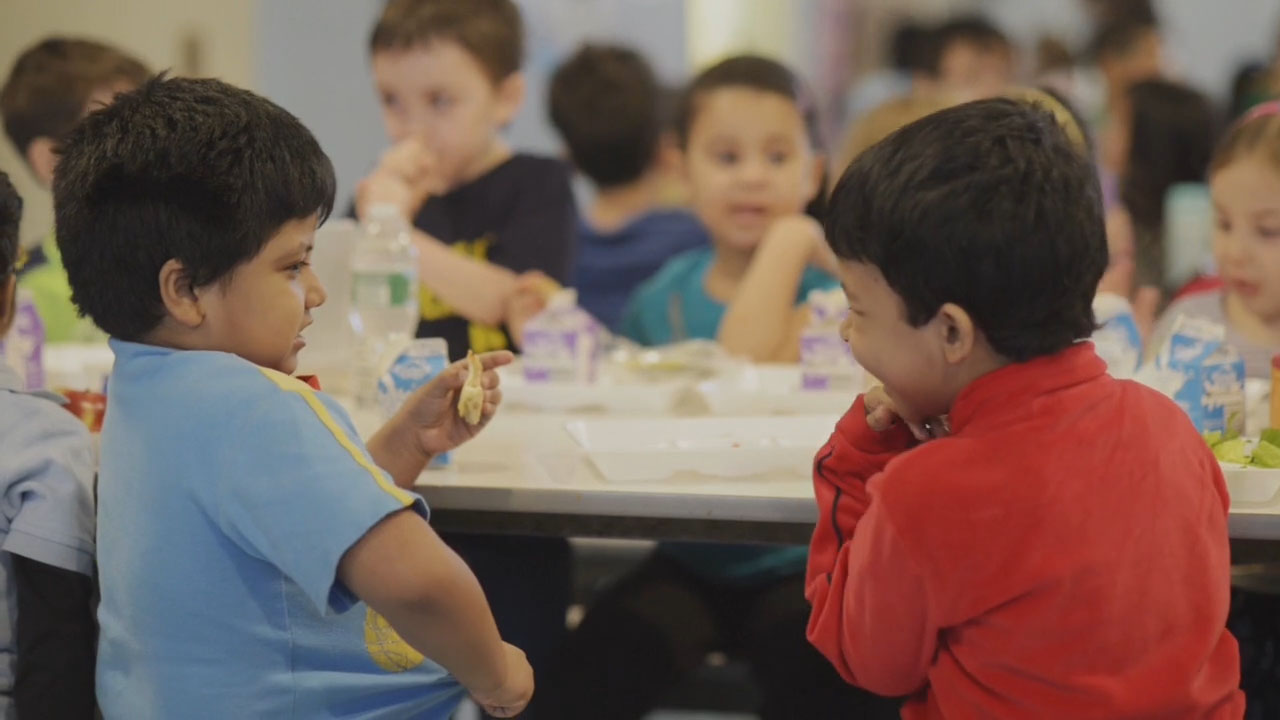Introduction
Racial microaggressions are defined as everyday slights and put-downs, communicated verbally or nonverbally, that marginalized people experience in their day-to-day interactions. They sometimes seem like compliments, but are actually insults to a group. Racism is full of microaggressions.
In this lesson, students will understand that at the core of microaggressions are the unchecked assumptions that we make about other people. They will practice reflecting on their assumptions and practice curiosity to help them understand another person’s experience.
Materials
- Two types of paper towel with contrasting patterns, colors, or textures (paper towel #1 and paper towel #2), i.e. one that is coarse and rough, and one that is soft with grooves.

Opening
Ask students to think about a time they learned something about someone that they didn’t know about before.
- What did they learn?
Activity: Testing our Assumptions
Racial microaggressions happen when we make assumptions about groups of people. Begin this lesson by having students look at our innate tendency to make assumptions.
We all make assumptions when we are trying to figure out the world around us, but this is an opportunity to learn how to:
- check our assumptions
- understand why we make the kinds of assumptions we make
- learn what to do when we have assumptions that might be hurtful to others
Explain to your students that in this activity, you will give them pieces of paper towel to observe with their senses so that they can describe them. Create a table like the one below to capture their responses.
|
What we think it feels/looks like (assumptions) |
Paper Towel #1 |
Paper Towel #2 |
|
|
But first, ask students to share in advance what they THINK the paper towel will feel like. Capture their responses in the first column of the table.
Ask students to share what made them think of their responses.
Next, tell students that now they will find out what paper towels feel like.
Pass out a piece of paper towel #1 to each student. Give them a moment to feel the towel and think about how they would describe it. Ask students to share their responses and write them in the second column. Repeat this with paper towel #2.
Now that they have done this activity, explain that what is in the first column are called assumptions. Assumptions are things that we think we know based on previous information we have. Assumptions are not facts, and they can be wrong.
Discussion Questions
- Were your assumptions correct in this activity?
- What did you find out was different after you observed paper towel #1 and #2 compared with your assumptions?
- What was different between paper towel #1 and paper towel #2? Even though both are paper towels, each type has its own unique characteristics.
Explain that we often make assumptions about the things we observe. Sometimes we are right and sometimes we are wrong.
We do this with people too sometimes. This often happens with people who do not look like us, because there is a lot we may not know about them.
We can assume positive things or negative things. But when we are wrong about our assumptions about people (as opposed to inanimate objects like paper towels), we can hurt their feelings – even when we don’t mean to!
When people make incorrect assumptions about us, it can make us feel that they are not getting to know us for who we are.
One thing we can we do to avoid hurt peoples’ feelings in this way is to practice noticing our assumptions and reminding ourselves that we might be wrong. Rather than assume we know something about someone, we can let the other person give us more information about themselves.
Practice: Handling Our Assumptions
Ask students to imagine this scenario: I, your teacher, have announced to you that there will be a new student who will joining our class next week.
Ask each student to consider what assumptions they might potentially make about this new student.
Next ask:
- What might be the impact on that person of our making such assumptions?
- What can we do to avoid hurting the person’s feelings with our assumptions?
Elicit or explain that when you notice that you are making assumptions, you can:
- Say to yourself that, just like with the paper towels, these assumptions might be wrong.
- Ask the person if they can tell us more about themselves.
Ask students to come up with a list of questions they could ask that new student.
Tell them to watch out for questions that include assumptions. For instance, asking the question “What country did you come from?” assumes that the person came from another country. Ask students:
- What might it feel like to be born in America and to be asked “What country did you come from?”
- If you did come from another country, what might it feel like to be asked this question by people you have just met?
Work with students to come up with a more open-ended question, such as “What was it like when you were growing up?” Or, “What is a story from when you were younger?”
If students come up with questions that are still rooted in assumptions, you can help them rephrase questions so that they can see the assumption they are making.
Noticing our assumptions about other people is a skill. Like reading and writing, this is a skill that we have to practice all the time so that we can get better at it. The better we get at it, the more we can get to know another person for who they are and let them feel seen and appreciated.
Closing
Ask students to share one thing they learned today.